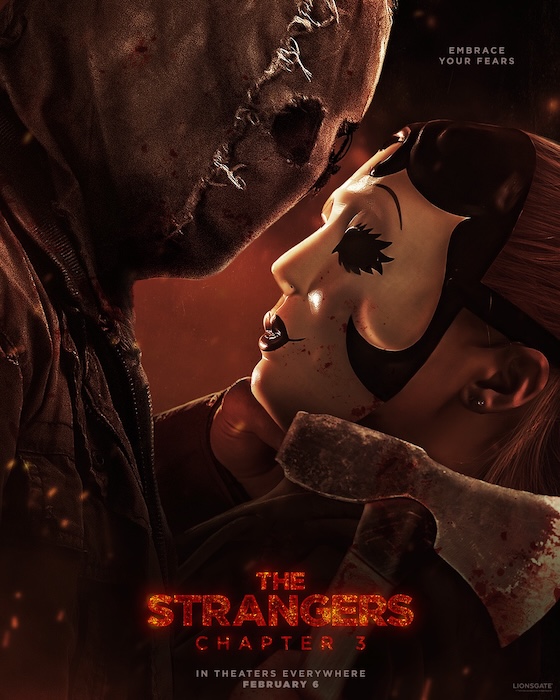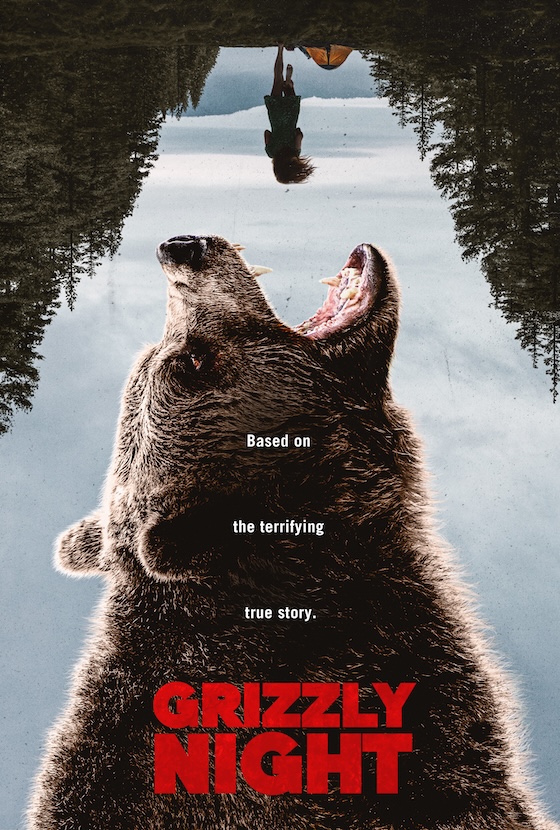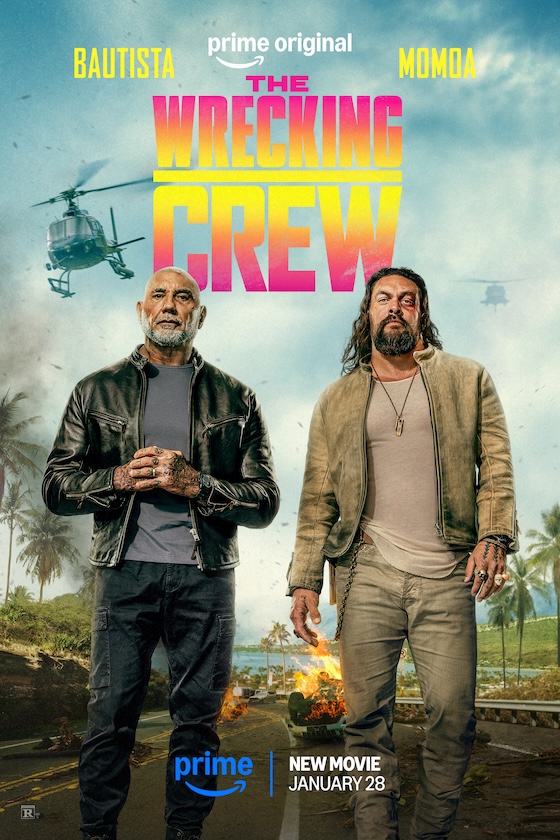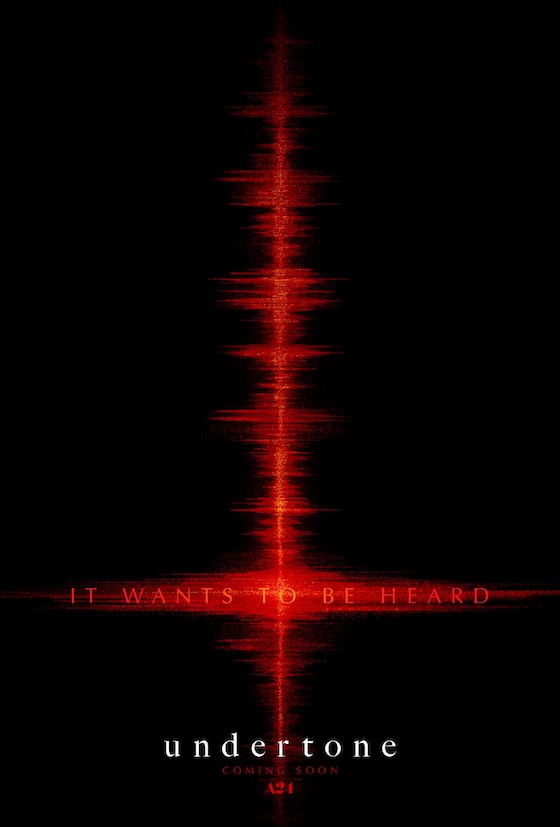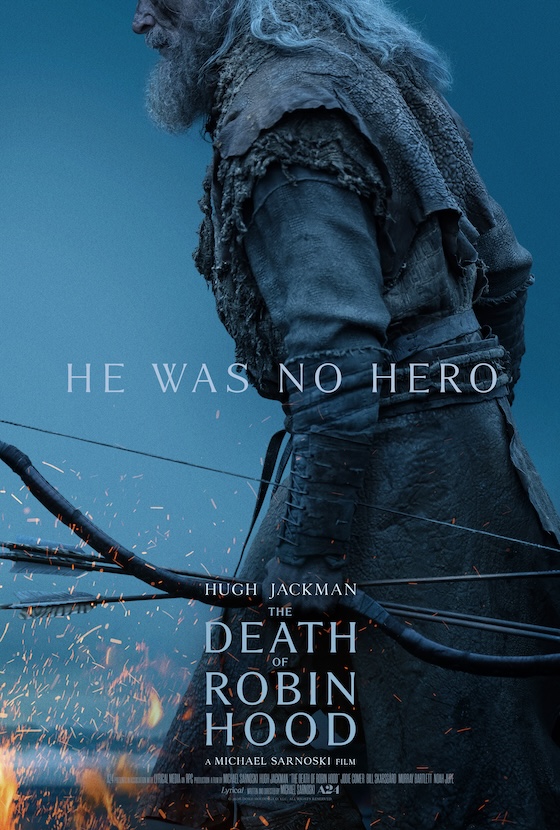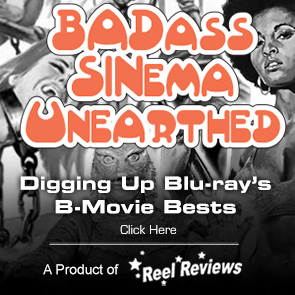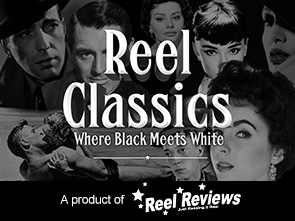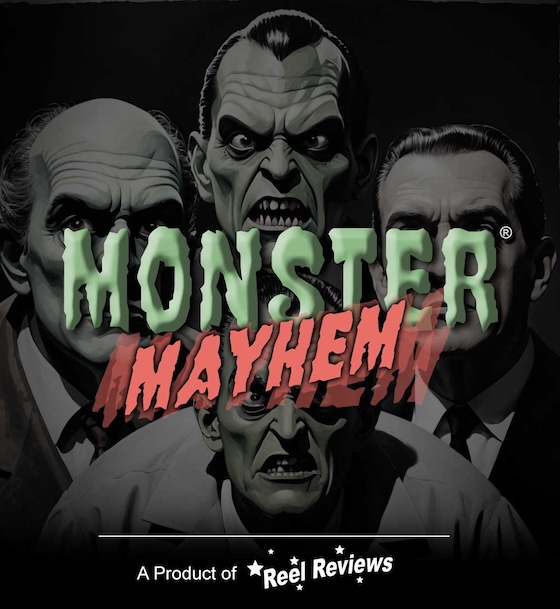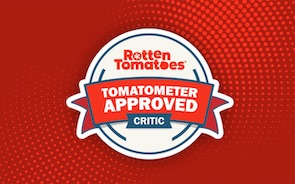Movie Review
Film Details
Blu-ray Review
Trailer
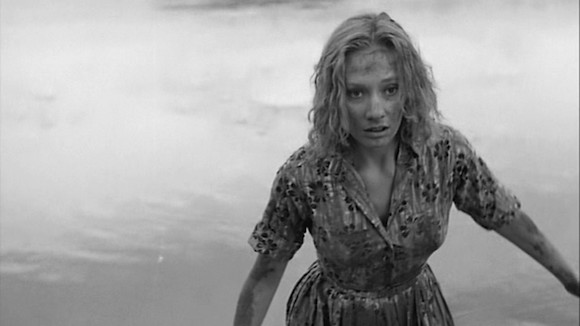
{googleAds}
 Centron Corporation. You’re probably more familiar with their output then you are with their name. Housed in Lawrence, Kansas, this is the production company that supplied school districts across the United States with hundreds of educational films once viewed via film strips. We now YouTube their releases and laugh. With titles like “Why Study Home Economics” and “What About School Spirit”, friends Arthur H. Wolf and Russell A. Mosser played an important role in constructing the attitudes and the social mores of the 1950s. It is ironic, then, that the company’s best-known release is a horror film that began to loosen and pull apart the threads of their woven worldview.
Centron Corporation. You’re probably more familiar with their output then you are with their name. Housed in Lawrence, Kansas, this is the production company that supplied school districts across the United States with hundreds of educational films once viewed via film strips. We now YouTube their releases and laugh. With titles like “Why Study Home Economics” and “What About School Spirit”, friends Arthur H. Wolf and Russell A. Mosser played an important role in constructing the attitudes and the social mores of the 1950s. It is ironic, then, that the company’s best-known release is a horror film that began to loosen and pull apart the threads of their woven worldview.
Released in 1962, Carnival of Souls is one of the few films to successfully tackle the idea of a person’s purgatory as it mixes with the perceived world. The film opens with a car race across a bridge once deemed too dangerous for even school buses to cross. One car bumps the other and the nudge is enough for the female driver to lose control; her car plunges into the river below. There is one survivor of the wreck. Mary Henry (Candace Hilligoss) pulls herself from the Kansas River and begins a dazed walk back toward the two lane girder bridge that connects Lecompton and Perry, two small Kansas towns. A crowd gathers around her soaking wet frame as she stumbles, rather confusedly, toward the bridge.
In the days that follow, Mary continues to go about her life. She takes a new job in Utah as a church organist but discovers that more and more people are giving her less attention. There are moments, in fact, where it’s like she doesn’t exist at all. And the people around her, well, they are becoming exaggerations where even casual conversations seem otherworldly. Followed by a ghoulish looking individual (Herk Harvey, the film’s director in basic zombie make-up), Mary finds herself drawn to an abandoned lakeside pavilion. What she finds inside the dilapidated Saltair Resort will explain what we already know and confuse the Salt Lake City police officers who open as missing person’s case as, back in Kansas, a car – with three female bodies inside – is pulled out of the lake.
We know Mary’s dead. We know it from the minute she crawls out of the river. We have the advantage of being exposed to films like The Sixth Sense and The Lost Highway. In the early 1960’s, though, there was only The Twilight Zone, who famously explored the idea of life after death with the episodes “The Hitchhiker” and “An Occurrence at Owl Creek Bridge”, a short film Rod Serling favored and immediately debuted for American audiences. Before that? Well, there were the writings of Dante. So approaching this whole dream-like approach to life after death and a person’s inability to make human connections and not know why was rather new and, for Centron, a big risk.
Harvey, who had started his career by being the featured actor in much of Centron’s industrial films before he was directing them, was no stranger to film. His relationship with John Clifford, the film’s writer, was a solid one. They were professionals and Centron had trained them well. Inspired by a recent trip to Utah, where he first saw the abandoned Mormon-owned Saltair Resort and the dried-up lake around it, Harvey asked Clifford to write a film using the resort as a location. It was a good decision as the abandoned dancehall and amusement park makes for a great and haunted atmosphere. Thanks to Maurice Prather’s chilling black-and-white cinematography, this film about the dead really comes alive. There are disorienting moments between actors and logic-challenging shots that simply toy with us, all for good reason.
While it does showcase a prominent Salt Lake City feature and department store (shot when the crew went on a hurried trip to Utah), the majority of the horror film was filmed in and around Lawrence, Kansas. While most audiences may not care, there is a strong cult following of the film that would shame me if I did not mention the city’s role in creating the film that pre-dates the zombie make-up in George A. Romero’s Night of the Living Dead and the style and swagger of ANY David Lynch film. Both filmmakers have gone on the record in noting their appreciation of this cult classic and its influence. For Romero, it’s the zombie look. When it comes to Lynch, all you need to do to see the stilted roots of his performances – which are fantastic but very, very stylized – is to sit through Carnival of Souls and watch as a blonde-haired woman, whose reflection is getting more disoriented, gets mental, spiritual, and relationship advice from a group of twisted characters. It’s all right there.
More important and influential now than when it was released, Carnival of Souls provides the true meaning of the walking dead. It is now available to own on blu-ray from The Criterion Collection with a new, restored 4K digital transfer and uncompressed monaural soundtrack.
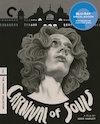
MPAA Rating: Unrated
Runtime: 78 mins
Director: Herk Harvey
Writer: John Clifford
Cast: Candace Hilligoss, Frances Feist, Sidney Berger
Genre: Horror
Tagline: A weird tale of the unnatural
Memorable Movie Quote: "It's funny... the world is so different in the daylight. In the dark, your fantasies get so out of hand. But in the daylight everything falls back into place again."
Distributor: Herts-Lion International Corp.
Official Site:
Release Date: September 26, 1962
DVD/Blu-ray Release Date: July 12, 2016
Synopsis: After a traumatic accident, a woman becomes drawn to a mysterious abandoned carnival.
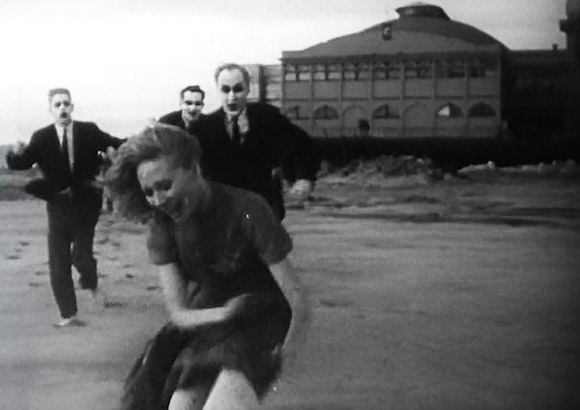
![]()
Blu-ray Details:
Available on Blu-ray - July 12, 1962
Screen Formats: 1.37:1
Subtitles: English SDH
Audio: English: LPCM Mono (48kHz, 24-bit)
Discs: Blu-ray Disc; Single disc (1 BD-50)
Region Encoding: A
The restored 4K digital transfer of this film is flavorful with a note of black-and-white beauty. The 1080p/AVC MPEG-4 transfer has a new sheen that showcases a depth never before available. According to the information found in the booklet that comes with the purchase, thousands of instances of dirt, debris, scratches, splices, and warps were manually removed. The original monaural soundtrack was remastered from the 35mm original soundtrack negative. Clicks, thumps, hiss, hum, and crackle were manually removed using Pro Tools. White and grey levels are well-balanced. Black levels are strong, too. Grain has never looked this inviting. The details through this feature are simply scrumptious. From fabrics in the jackets of the actors to those found in the abandoned dancehall, Criterion’s restoration is the stuff of dreams. There is only one standard audio track on this Blu-ray release: English LPCM 1.0.
Supplements:
Commentary:
- There is an interesting selected-scene commentary from Herk Harvey, the film’s director, and John Clifford, the film’s writer. While not a full commentary, it is still insightful and will please fans of the film.
Special Features:
Rescued from the drive-in and the many, many cable airings on late-night television, the new blu-ray release features a new interview with writer and comedian Dana Gould showing the film some appreciation. It seems that the love it receives only gets more intense with each passing year and the new video essay by David Cairns explains why. In 1989, a reunion of the cast and crew took place in Lawrence, where Harvey, Clifford, Hilligoss and co-star Sidney Berger spoke to an enthusiastic crowd. Footage of this event is included on Criterion’s release, as are several other features, including informative short documentaries by Bill Shaffer at KTWU-TV in Topeka, and an updated look at the film’s locations. Deleted scenes, excerpts from the instructional movies made by Centron Corporation, and a history of the Saltair Resort are also included.
- Deleted Scenes (5 min)
- Outtakes (28 min)
- Final Destination (23 min)
- The Movie That Wouldn't Die! (33 min)
- Regards from Nowhere (24 min)
- Saltair: Return to the Salt Queen (26 min)
- The Centron Corporation (59 min)
- The Centron Corporation: Essay (10 min)
- Trailer

